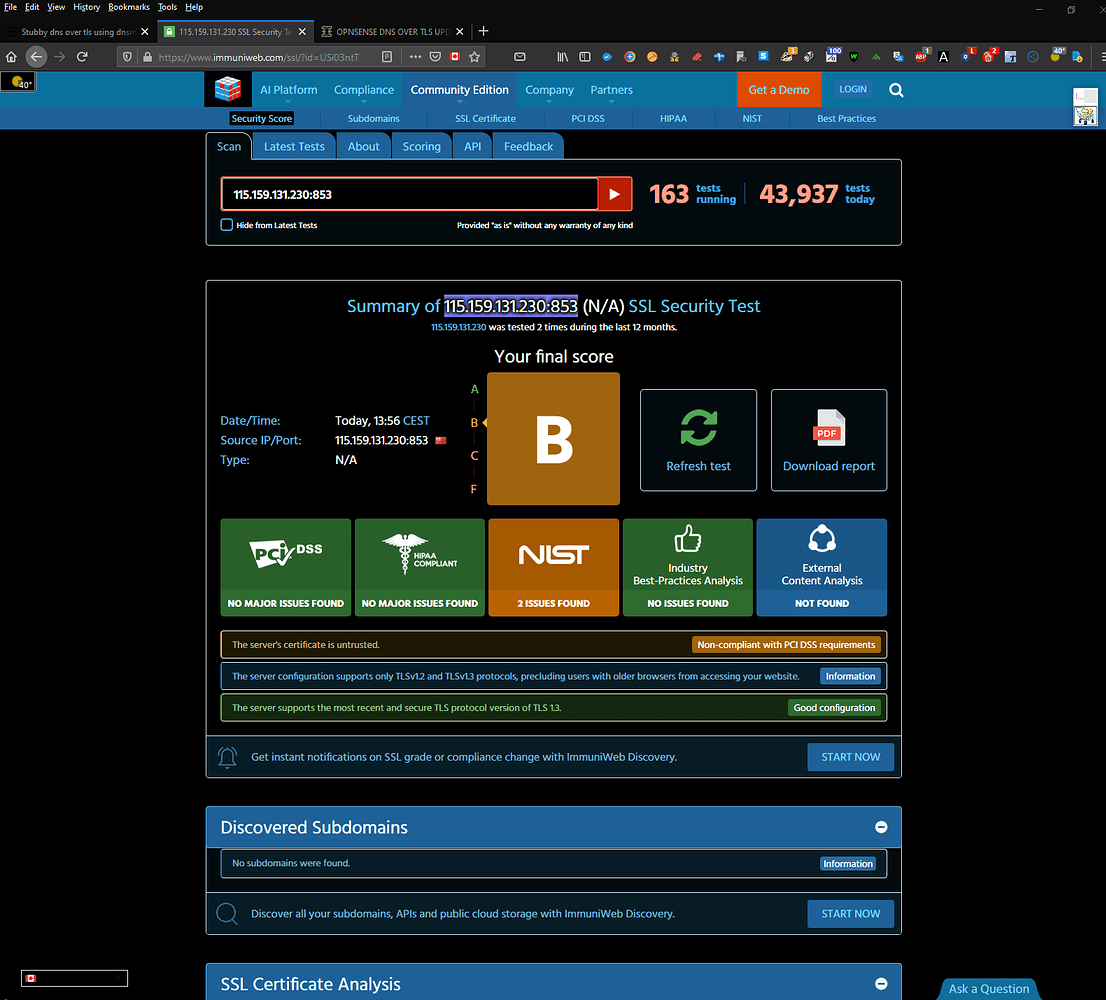

Cipher suite negotiation also happens here.For example, if the client supports both TLS 1.0 and TLS 1.2, and the server supports only TLS 1.0, the SSL handshake may start with TLS 1.2 by client, and then it may actually happen in TLS 1.0 when server replies with "I support TLS 1.0 and let's continue with that" message. If the server responds with a lower TLS version and if the client supports that TLS version, SSL handshake continues with that TLS version.If the client sends a TLS version lower than the server supports the negotiation fails.Then the server responds with a SERVER HELLO package which includes the SSL / TLS versions and the cipher suits that it supports.Client sends a CLIENT HELLO package to the server and it includes the SSL / TLS versions and the cipher suites it supports.Here is what happens after a TCP handshake as a summary: I suggest you to read it if your unfamiliar with it. SSL handshake is greatly explained here, so I will not dive into all of the details. Note that the TCP and SSL handshake happens whenever an HTTPS request made. Since we don't have a good information in our browser test, we move to the second step of our troubleshooting which is to check if the TCP and SSL handshake is done without a problem. NET configuration, TLS negotiation in the SSL handshake may behave differently. When it is an ASP.NET application that runs as a client, depending on the. This difference may cause different behaviors.Īlso, when testing with browser, we rely on the browser TLS negotiation settings and its choices during the SSL handshake. When ASP.NET application is used it will use the computer account's store.

Remember that our ASP.NET web application is making an HTTP web request to URL so our ASP.NET web application is acting as a client here.Īlthough a browser can be used to test the communication, this may not be the safest way to test each and every scenario because this test will use current user's certificate store. Now we have faced another problem but the browser test did not show any problem so the certificate seems valid in our browser test, and, we are still seeing the very same error message telling us that the existing connection is forcibly closed by the remote host. We made some basic tests, such as a "browser test" and found that the certificate was not valid. In our first scenario, we troubleshooted a "The underlying connection was closed: Could not establish trust relationship for the SSL/TLS secure channel" error message. This is the second part of our series of articles about troubleshooting TLS / SSL communications problems when you make Http Web Request or WCF queries from your ASP.NET applications to SSL endpoints.


 0 kommentar(er)
0 kommentar(er)
